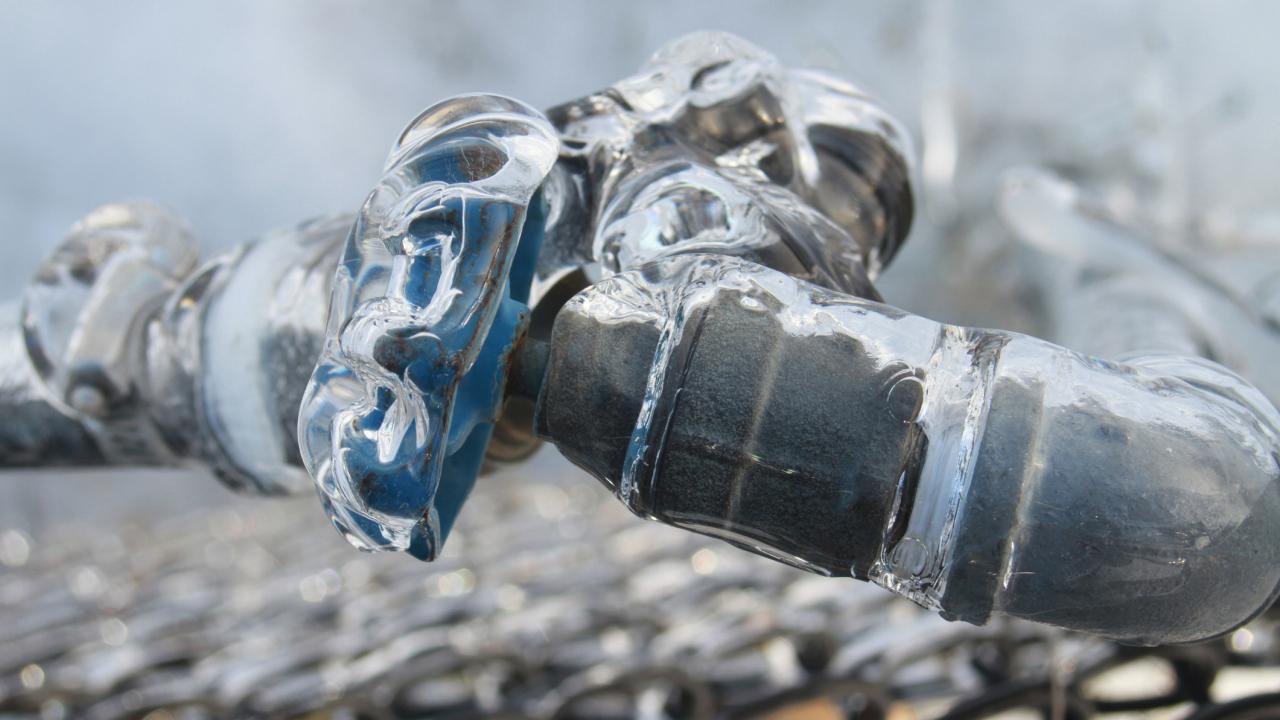Tips to Protect Your Plumbing from Freezing: Critical Tips
Tips to Protect Your Plumbing from Freezing: Critical Tips
Blog Article
What are your thoughts on How to prepare your home plumbing for winter weather?

Cold weather can ruin your plumbing, especially by freezing pipelines. Here's exactly how to stop it from happening and what to do if it does.
Introduction
As temperature levels decline, the threat of icy pipes increases, potentially causing pricey repairs and water damage. Comprehending exactly how to avoid icy pipelines is vital for home owners in cool environments.
Avoidance Tips
Protecting susceptible pipes
Cover pipelines in insulation sleeves or utilize warm tape to safeguard them from freezing temperatures. Concentrate on pipes in unheated or exterior locations of the home.
Heating strategies
Maintain interior areas effectively heated, specifically areas with pipes. Open cupboard doors to allow cozy air to circulate around pipelines under sinks.
Just how to recognize frozen pipes
Look for reduced water flow from taps, unusual odors or sounds from pipelines, and visible frost on revealed pipelines.
Long-Term Solutions
Structural modifications
Consider rerouting pipes away from exterior walls or unheated areas. Include additional insulation to attic rooms, cellars, and crawl spaces.
Updating insulation
Buy top quality insulation for pipes, attics, and walls. Proper insulation helps maintain consistent temperature levels and lowers the threat of icy pipes.
Safeguarding Outdoor Pipes
Yard hose pipes and outdoor faucets
Separate and drain garden tubes prior to wintertime. Install frost-proof faucets or cover outside taps with protected caps.
Understanding Icy Pipes
What creates pipes to ice up?
Pipelines freeze when revealed to temperatures listed below 32 ° F (0 ° C) for extended periods. As water inside the pipelines freezes, it broadens, taxing the pipe walls and potentially creating them to break.
Threats and problems
Icy pipelines can cause water supply disturbances, building damage, and expensive repair services. Ruptured pipelines can flooding homes and create extensive structural damage.
Signs of Frozen Pipes
Identifying icy pipelines early can avoid them from rupturing.
What to Do If Your Pipes Freeze
Immediate activities to take
If you believe icy pipes, maintain taps available to alleviate pressure as the ice thaws. Use a hairdryer or towels taken in hot water to thaw pipes gradually.
Final thought
Preventing icy pipes calls for positive actions and quick feedbacks. By comprehending the reasons, signs, and safety nets, homeowners can secure their pipes during winter.
5 Ways to Prevent Frozen Pipes
Drain Outdoor Faucets and Disconnect Hoses
First, close the shut-off valve that controls the flow of water in the pipe to your outdoor faucet. Then, head outside to disconnect and drain your hose and open the outdoor faucet to allow the water to completely drain out of the line. Turn off the faucet when done. Finally, head back to the shut-off valve and drain the remaining water inside the pipe into a bucket or container. Additionally, if you have a home irrigation system, you should consider hiring an expert to clear the system of water each year.
Insulate Pipes
One of the best and most cost-effective methods for preventing frozen water pipes is to wrap your pipes with insulation. This is especially important for areas in your home that aren’t exposed to heat, such as an attic. We suggest using foam sleeves, which can typically be found at your local hardware store.
Keep Heat Running at 65
Your pipes are located inside your walls, and the temperature there is much colder than the rest of the house. To prevent your pipes from freezing, The Insurance Information Institute suggests that you keep your home heated to at least 65 degrees, even when traveling. You may want to invest in smart devices that can keep an eye on the temperature in your home while you’re away.
Leave Water Dripping
Moving water — even a small trickle — can prevent ice from forming inside your pipes. When freezing temps are imminent, start a drip of water from all faucets that serve exposed pipes. Leaving a few faucets running will also help relieve pressure inside the pipes and help prevent a rupture if the water inside freezes.
Open Cupboard Doors
Warm your kitchen and bathroom pipes by opening cupboards and vanities. You should also leave your interior doors ajar to help warm air circulate evenly throughout your home.

As a serious person who reads about Winter Plumbing Precautions: Preventing Frozen Pipes, I thought sharing that section was worth the trouble. Appreciated our write up? Please quickly share it. Let another person check it out. Bless you for being here. Return soon.
Information Here Report this page